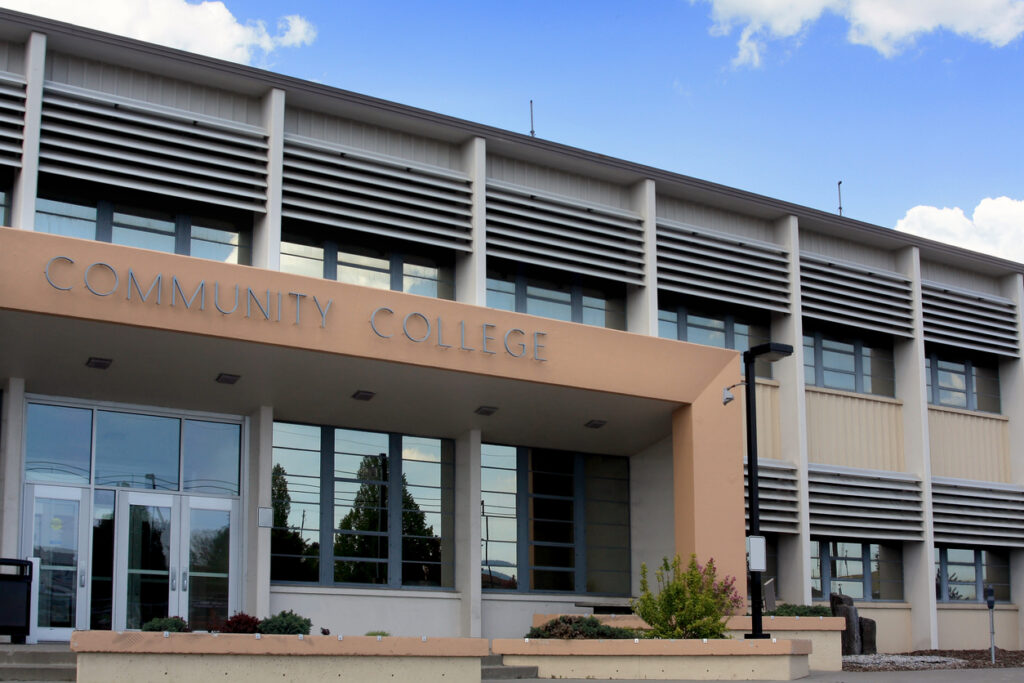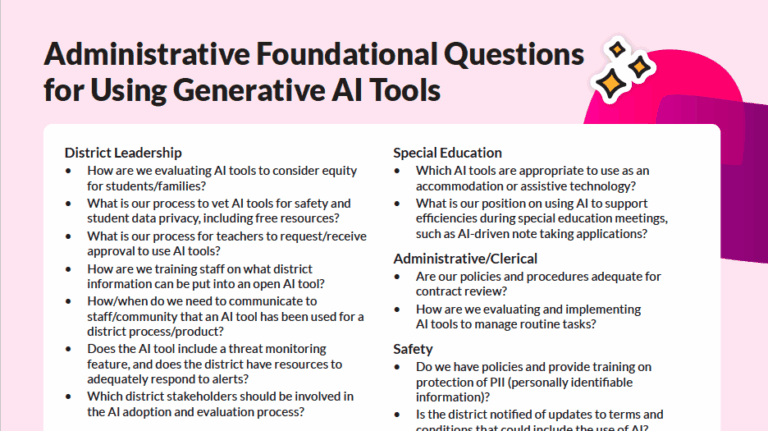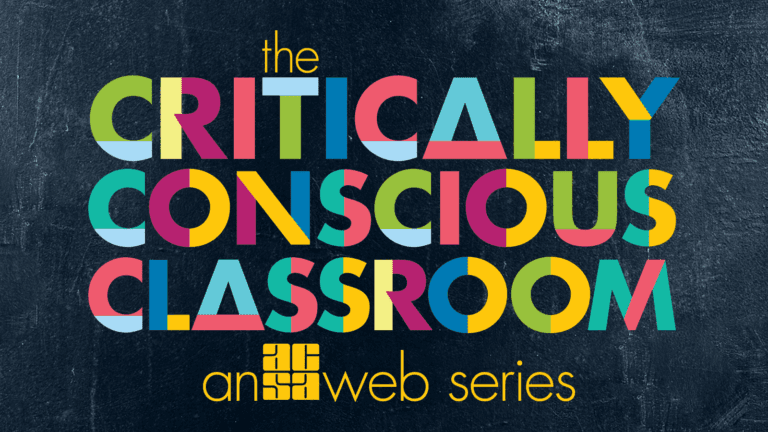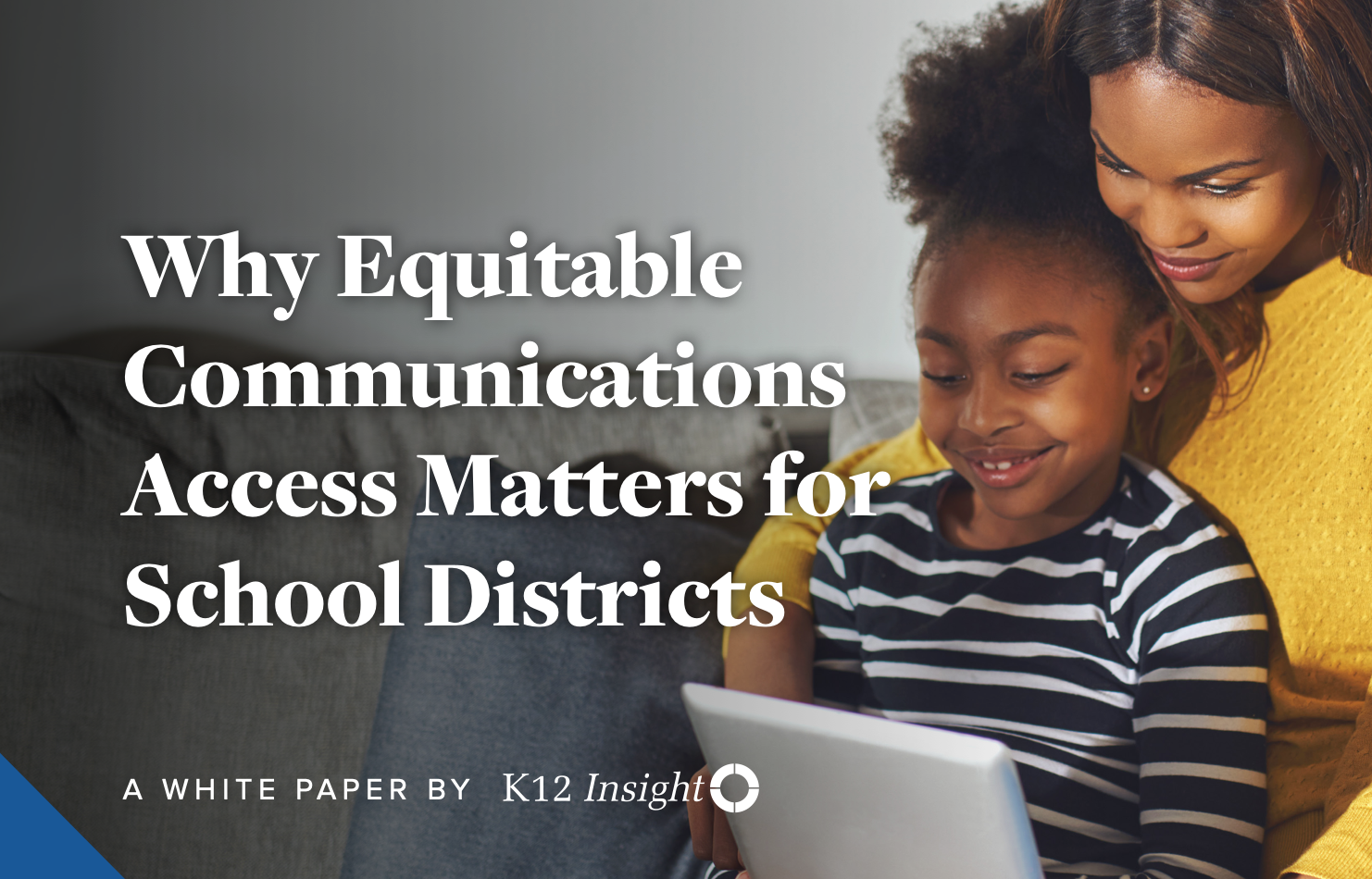
By Greg Rockhold and Hans Andrews
In recent news, numerous reports have highlighted the critical shortage of teachers in the United States. With a staggering need for 55,000 educators, it is evident that new avenues to bridge this gap and ensure our children receive the quality education they deserve must be considered now.
While the report does not specify where these teachers will appear, it sheds light on the lack of sufficient educators in rural, suburban, and inner-city schools across America. It also reflects the declining student populations in university education degree programs, down nearly 50% from one decade ago. These challenges call for innovative solutions that go beyond traditional methods of recruiting and retaining teachers.
As concerned individuals invested in the well-being of our nation’s children, we must continue to push for comprehensive strategies addressing teacher shortages. This includes incentivizing individuals to pursue careers in education through competitive salaries, improved working conditions, professional development opportunities, and targeted recruitment efforts focused on underserved areas.
Moreover, we must invest in training programs that equip teachers with the skills to navigate diverse learning environments effectively. By enhancing support structures for educators and creating pathways for professional growth within the field of education, we can attract and retain passionate individuals committed to shaping young minds.
As a community united by our commitment to education excellence, let us advocate for comprehensive solutions beyond temporary measures like remote teaching. Our nation’s children deserve the best education possible, and our collective responsibility is to ensure their success.
Our nation faces a critical challenge — a shortage of qualified teachers. But fear not, for we believe there is a promising solution: the nation’s nearly 1,200 community colleges. These educational institutions hold the potential to address this crisis head-on.
Now, you may ask — can community colleges offer baccalaureate degrees? The answer is a resounding yes! While it is true that some people question their capacity to provide baccalaureate degree programs, community colleges have proven themselves as valuable contributors to several such programs across the country. With the approval from state higher education commissions, these institutions are fully equipped to offer comprehensive degree programs that can lead aspiring educators toward their teaching career goals.
Allow us to shed light on how community colleges can play a pivotal role in resolving the teacher shortage crisis:
1. Accessibility and costs
Community colleges are known for their accessibility and flexibility. By offering degrees explicitly tailored for future educators, they can attract individuals who traditional four-year programs may have deterred due to financial constraints or other commitments such as work and families. This accessibility ensures that talented individuals with the passion and potential for teaching are not overlooked.
A recent report in the Community College Daily found that 67 percent of the community college students who obtained associate degrees in 2019-2020 did not borrow money to attend. Of baccalaureate degree graduates, 39 percent had not borrowed money.
In terms of tuition, this report listed $3,990 as the average for tuition and fees at public community colleges during the 2023-24 academic year. Again, this is compared to $11,260 at public four-year colleges.
2. Relevant coursework
Community colleges can design curriculum that addresses the specific needs and demands of aspiring teachers in the areas needed by their area K -12 schools. Numerous community colleges nationwide have already added curricula to produce Baccalaureate Degree Nurses (BSN) over the past two decades. Florida community colleges have more recently developed baccalaureate programs in teaching in 27 of their colleges.
By focusing on practical training and relevant coursework, these institutions can equip students with real-world skills and knowledge necessary for success in today’s classrooms.
3. Local impact
Community colleges are deeply rooted within their college district communities. Leveraging this connection, they can foster partnerships with local school districts and educational organizations to facilitate their students’ internships, mentoring programs, and hands-on teaching experiences. This localized approach allows future educators to gain practical experience while making an immediate impact within their communities. It also makes it possible for many adult students who have been left out of the equation in most states for becoming teachers to have a career option now.
4. Career pathways
It is time to recognize and harness the untapped potential of community colleges. By utilizing these institutions as critical contributors in addressing the teacher shortage crisis, the nation can create a brighter future for students nationwide. Let us empower our community colleges to produce a new generation of dedicated and capable teachers who will shape the minds of tomorrow.
Embracing diversity through hiring practices
Another crucial point worth discussing is the hiring practices employed by districts. While hiring candidates who have all completed teacher training at the same institution may seem tempting, it can inadvertently limit diversity in teaching approaches, perspectives, and experiences. The notion of “iron-sharpening iron” takes center stage here; when educators bring varied backgrounds and methodologies, it creates a fertile ground for growth among teachers and our students.
Promoting healthy learning environments
We must recognize that a lack of diversity in teaching methods can hinder student development. By fostering an environment where educators with diverse backgrounds collaborate, share ideas, and challenge one another’s approaches constructively, we create an atmosphere conducive to innovation and growth. This ultimately benefits our students and districts by providing a well-rounded education experience.
Teaching shortages and utilizing community colleges
We have stated our proposal to utilize community colleges to start offering teaching baccalaureate degrees. In short, the universities cannot draw enough students; secondly, they cannot get enough diverse students into their pipelines to become teachers.
The community colleges already have many diverse students in their two-year degree and certificate pipeline. Many of them cannot afford to go to the university system, or they work and have families. The Fast Facts from the American Association of Community Colleges in 2020 follows:
Based on their 1,050 institutional members, the brief snapshot provides statistics on a variety of indicators of degree production, enrollment by race and ethnicity, and enrollment intensity (full-time or part-time):
- During the 2017-18 academic year, AACC member institutions awarded more than 852,000 associate degrees and nearly 580,000 certificates.
- The snapshot also highlights community colleges’ role in bachelor degree production, noting that 186 of the 1,050 AACC members jointly awarded more than 19,000 bachelor’s degrees.
- In the fall of 2018, community colleges enrolled 41 percent of all undergraduates nationally. By race and ethnicity, 57 percent of Native Americans and 52 percent of Hispanic students were enrolled in community colleges.
- Black student enrollment was 12 percent, and Hispanic enrollment was 27 percent in the community colleges.
- Most full-time community college students were employed (62 percent). Employment for part-time students was even more common at 72 percent.
It is time to advance with community colleges as the new ‘pipeline.’
Hundreds of thousands of secondary school students are now in dual-credit courses, and many have completed one or two years of college when they graduate high school. In short, they would only have two or three more years to complete a teaching baccalaureate degree, and many would stay right there in their communities or adjoining communities, whether it would be inner city, suburban, or rural areas, which are all seriously concerned about their present teaching shortages.
As we navigate these discussions, let us remember that progress lies in embracing change and diversity. Encouraging community college participants to complete baccalaureate degrees through their community will propel us toward a brighter future for our students and communities.
Greg Rockhold has served on the National Association of Secondary School Principals board, as president of the New Mexico Coalition of School Administrators, and as executive director of the New Mexico Association of Secondary School Principals. He has also served as superintendent.
Hans Andrews is a distinguished fellow in Community College Leadership through Olney Central College (Illinois). He is a former president of the college and started the first dual-credit program between community colleges and secondary schools in the country.


































